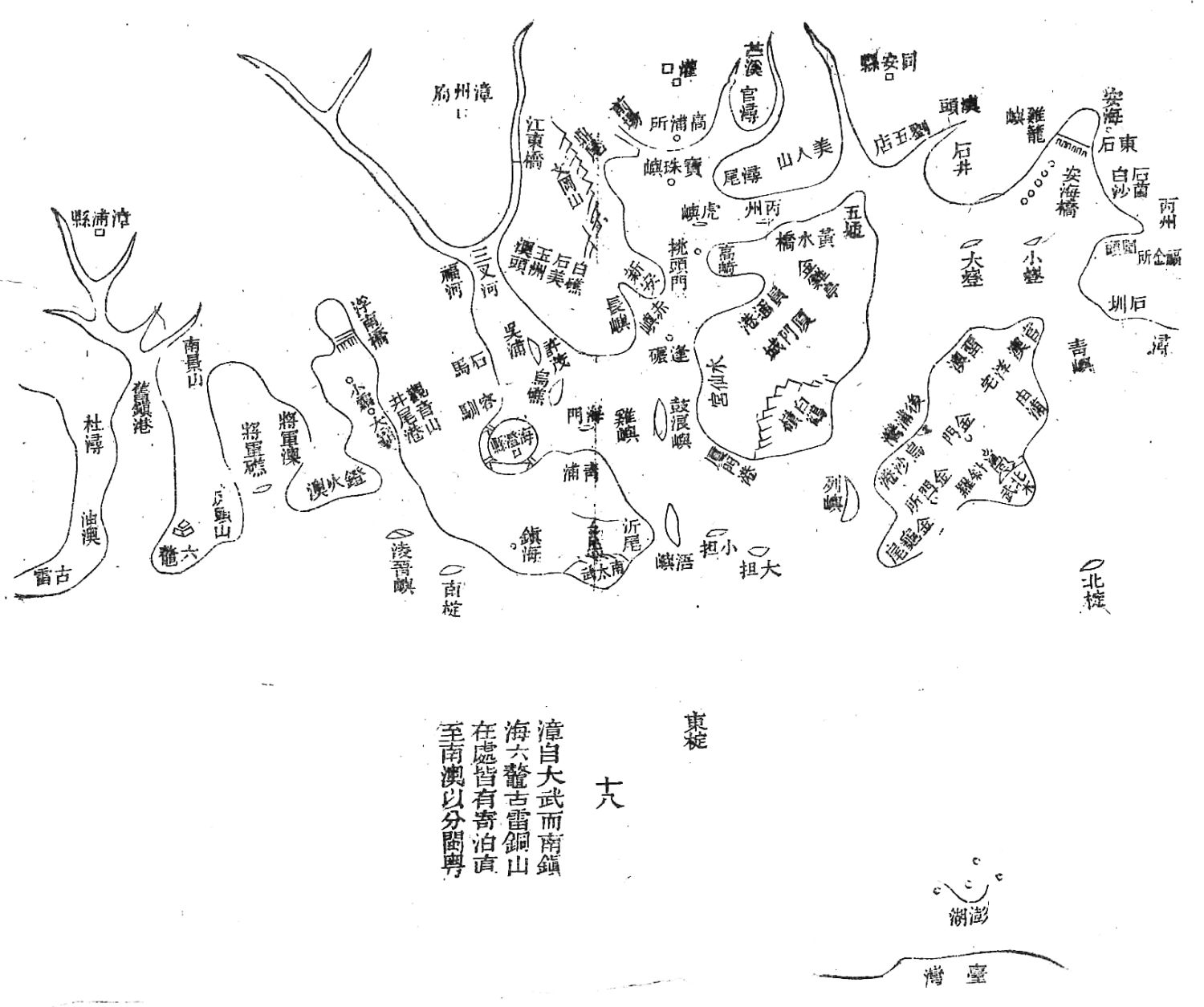Guochao rouyuan ji 國朝柔遠記 "Cherishing those from afar" is a book on foreign relations of the Qing dynasty 清 (1644-1911) written by Wang Zhichun 王之春 (b. 1842), courtesy name Juetang 爵棠 or Shaotang 芍, from Qingzhou 清泉 (part of today's Hengyang 衡陽, Hunan). He stood in the services of Zeng Guofan 曾國藩 (1811-1872) and Li Hongzhang 李鴻章 (1823-1901) and crowned his career with the posts of provincial governor (xunfu 巡撫) of Anhui, and then of Guangxi. He wrote several books on diplomatic issues, like the Guochao yuanrou ji, Tanyinglu 談瀛錄 and Shi E cao 使俄草 (draft of a report on a mission to Russia) and maritime defence, like Fanghai jilüe 防海紀略. He is also the author of the "brush-notes"-style book (biji 筆記) Jiaosheng suibi 椒生隨筆. The Guochao rouyuan ji is much more detailed and reliable than Xia Xie's 夏燮 (1800-1875) Zhong-xi jingshi 中西經事.
The book of 20 juan length is based on imperial edicts (shangyu 上諭), memorials (zoushu 奏疏) and other types of official documents, but it also makes use of Western reports and private notes on diplomacy during the early and mid-19th century. Yu Yue 俞樾 (1821-1907), who wrote one of the five prefaces, praises Wang’s book and a prefect overview of how the imperial court "checked the peoples from the eight regions" (kongyu bahuang 控御八荒) and "cherished those from the ten thousand countries" serving China (huairou wanguo 懷柔萬國). The greatest part of the book is arranged chronologically and thus constitutes a history of the diplomatic and economic relations between China and foreign countries.
The rest of the book is defined as an appendix (fubian 附編). Fascicle 19 (Appendix 1), with presents an overview of foreign countries. It starts with the narrative chapter Yinghai geguo tongkao 瀛海各國統考 and presents a world map (Yinghai geguo fenjie tu 瀛海各國分界圖). More important is the second part, "Simple and naive advice" (Lice zhiyan 蠡測卮言) which recommends measures to overcome China's weaknesses in the face of Western dominance.
| 慎約議 | Value treatises and negotiations |
| 聯與國 | Join the other countries |
| 廣學校 | Expand schools |
| 精藝術 | Refine the arts and skills |
| 固邊圉 | Reinforce the borderlands |
| 修船政 | Reorganise the policy of shipbuilding |
| 興礦利 | Raise the profits from mining |
| 防漏税 | Avoid the loss of taxes |
| 彊兵力 | Invigorate the military forces |
| 練民團 | Train local militia troops |
| 禁販奴 | Ban the coolie trade |
| 編教民 | Organise the instruction of the people |
| 論鴉片 | Discuss the opium [question] |
The last fascicle (Appendix 2), in some editions titled Huanying yilan 寰瀛一覽, is a geographical chapter briefly describing the topographical features along the sea (Yanhai xingshi lüe 沿海形勢略), an overview map (Huanhai quantu 環海全圖, Yanhai yutu 沿海輿圖) with detail maps of the China shore, and detailed maps on the "three islands" (Sandao fentu 三道分圖) of Taiwan, Penghu 澎湖, and Qiongzhou 瓊州 (Hainan). In addition to the maps, the chapter shortly explains the customs and habits of the inhabitants of these places.
 |
The core part of the book ends in 1874. It was finished around 1880 but was first printed as late as 1891 by the Guangya Shuju 廣雅書局, and in 1895 by the Baoshan Shuju 寶善書局 in Shanghai. In 1901, it was reproduced by the Rixin Society 日新社 in Shanghai, and in the same year published as a lithographic print by the Shenchang Society 申昌社 with the name Guochao tongshang shimo ji 國朝通商始末記. The title variants Zhong-wai tongshang shimo ji 中外通商始末记, Geguo tongshang shimo ji 各國通商始末記, or Tongshang shimo ji 通商始末記 for short, are also known. A facsimile edition is found in the series Zhong-wai jiaotong shiji congkan 中外交通史籍叢刊 from 1989, with the title Qingchao rouyuan ji 清朝柔遠記. The book is also found in the series Zhonghua wenshi congshu 中華文史叢書 from 1968.